Spring has sprung, and with it comes our thrilling trivia challenge! Embark on a journey where tiny hummingbirds defy weight, bees master the art of pollination, and mysteries of nature unfold. From the fascinating bird and insect world to the wonders of rain patterns and plant life, embrace the spirit of spring and its diverse celebrations and phenomena.
Gear up, students and teachers! It’s time to combine fun with learning and to keep our brains buzzing. Are you ready to dive into these spring-themed questions and uncover some fascinating facts? Let’s get started.
Spring Trivia Questions (and Answers!) for the Classroom
Ignite your students’ curiosity and test knowledge with these questions spanning nature’s marvels, historical events, and cultural celebrations. Ready for the challenge? Let’s begin!
Winter Quiz
1. With several varieties weighing less than a coin, what is the smallest bird in the world?
The correct answer is
d) hummingbirds. The rufous and broad-tailed
hummingbirds weigh less than a nickel. The bee hummingbird of Cuba weighs less than a dime and is often mistaken for its namesake insect.
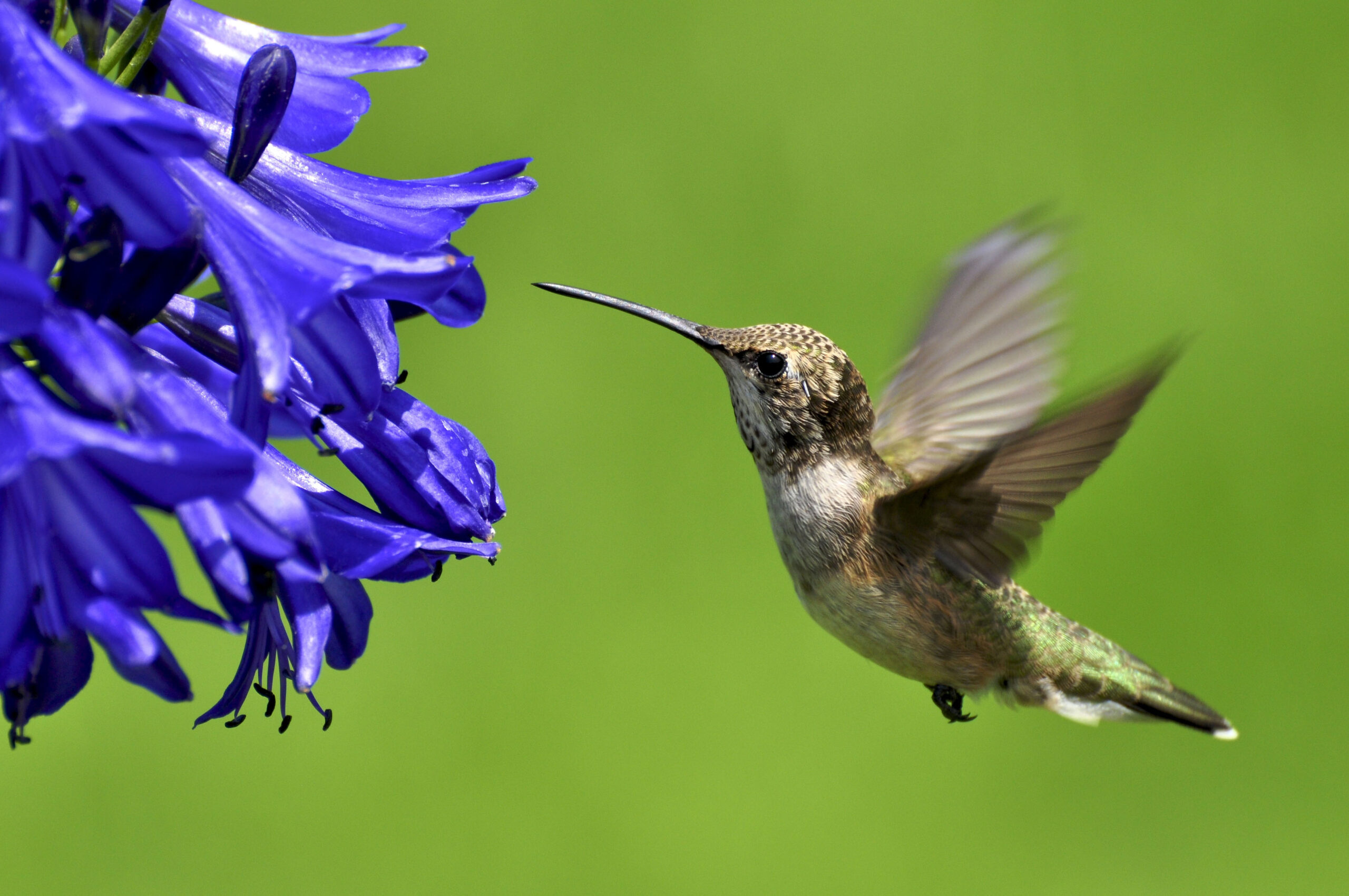
© Ken Mcgrath/Dreamstime.com
Winter Quiz2
2. What are the spring months in Australia?
The correct answer is
d) September to November. The seasons are reversed in the Southern Hemisphere compared to the Northern Hemisphere, making September to November the spring months in
Australia.
Score: 0
Winter Quiz3
3. What unique trait differentiates bees from wasps in their appearance?
The correct answer is
b) Bees have branched or feathered hairs. Bees distinguish themselves from wasps by possessing branched or feathered hairs, at least in small amounts, aiding pollen collection. This adaptation is crucial for their function as pollinators.
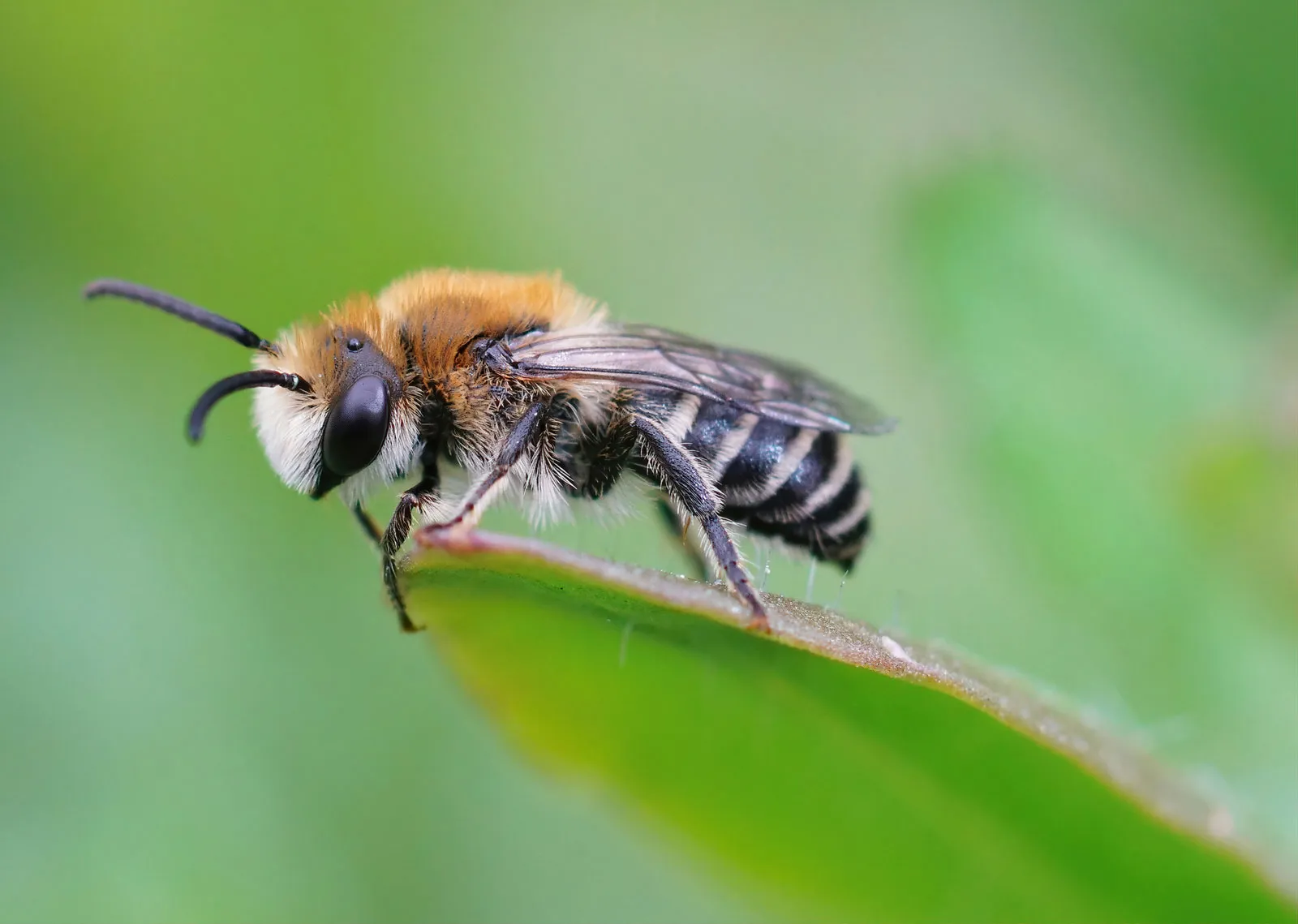
© Wirestock/Dreamstime.com
Score: 0
4. Which of these is not a reason why woodpeckers peck wood?
The correct answer is
d) to scare predators. The
woodpecker, encompassing about 180 species, stands out for its behavior of probing for insects in tree bark and of chiseling nest holes in dead wood. In spring, males holding territories often make their presence known through loud calls and drumming on hollow wood or occasionally metal; in other seasons, woodpeckers usually remain silent.
Winter Quiz5
5. Spring brings rain showers to some areas. Which location below receives the most annual average rainfall?
The correct answer is
a) Mount Waialeale, Hawaii. Mount Waialeale in Hawaii, with an annual average of about 11,430 mm (450 inches) of rainfall, is one of the world's wettest spots.
Winter Quiz6
6. Which bird is known for its ability to turn its head more than 180° in either direction due to the fixed position of its eyes?
The correct answer is
a) owls. Owls have remarkable neck flexibility, allowing them to turn their heads more than 180° in either direction. This compensates for their virtually immobile eyes, which are rigidly encased and elongated forward.
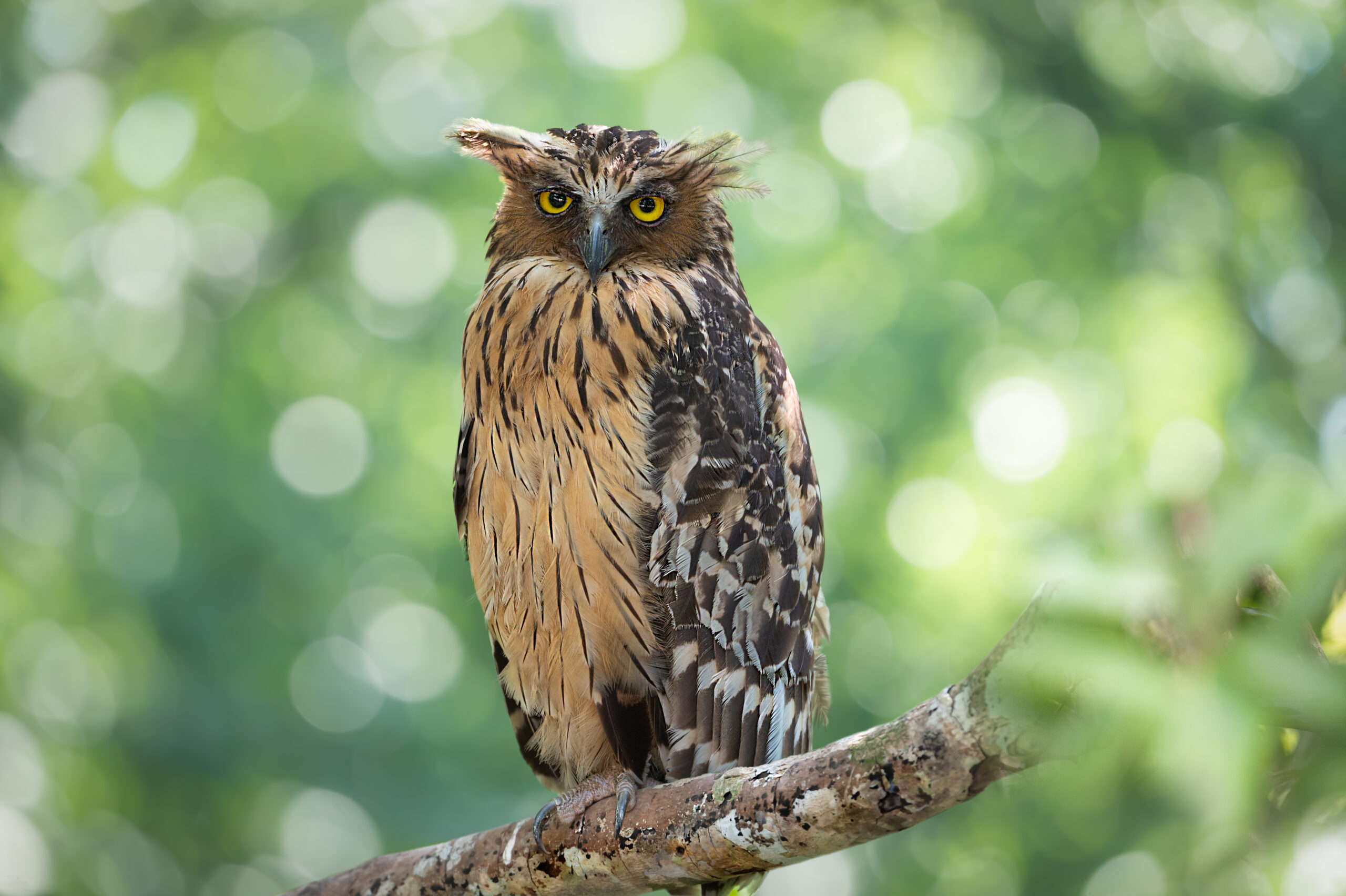
© momnoi—iStock/Getty Images
7. Which first lady is credited with sponsoring the first annual Easter egg roll on the White House lawn?
The correct answer is
c) Lucy Hayes. First lady
Lucy Hayes, the wife of President Rutherford B. Hayes, is often credited with sponsoring the first annual
Easter egg roll on the White House lawn in 1878. It has since become a beloved springtime tradition.
8. What bird lays its eggs in other birds’ nests, tricking them into caring for its young?
The correct answer is
c) cuckoo. Female
cuckoos are so adept at mimicry that they can adapt the shade of their eggs’ shells to match those of other birds in their habitat.
9. In Roman mythology, which goddess is associated with the flowering of plants and the arrival of spring?
The correct answer is
d) Flora. In Roman religion,
Flora is the goddess of the flowering of plants. Celebrated during the Floralia festival, she symbolizes the renewal and blossoming associated with spring.
Winter Quiz4
10. Which movement did Greta Thunberg establish that addresses climate change and has galvanized students globally to participate?
The correct answer is
c) Fridays for Future (School Strike for Climate). In 2018,
Greta Thunberg founded the movement known as Fridays for Future (also called School Strike for Climate), which inspired students worldwide to participate in climate action.

© European Union 2019 – Source: EP (CC BY 4.0)
Score: 0
11. Which popular Hindu spring festival is known for its vibrant colors?
The correct answer is
b) Holi. Holi, known for its vibrant color play, signifies the victory of good over evil, the arrival of spring, and a festive day to meet others, play, and laugh.

© India Photography—Moment/Getty Images
12. During spring, the Japanese celebrate the blossoming of which trees, famously tracking their northward progress across the country?
The correct answer is
b) cherry. In spring,
Japan is captivated by the northward progress of cherry blossom trees, a phenomenon known as the “cherry blossom front,” celebrated across the nation.
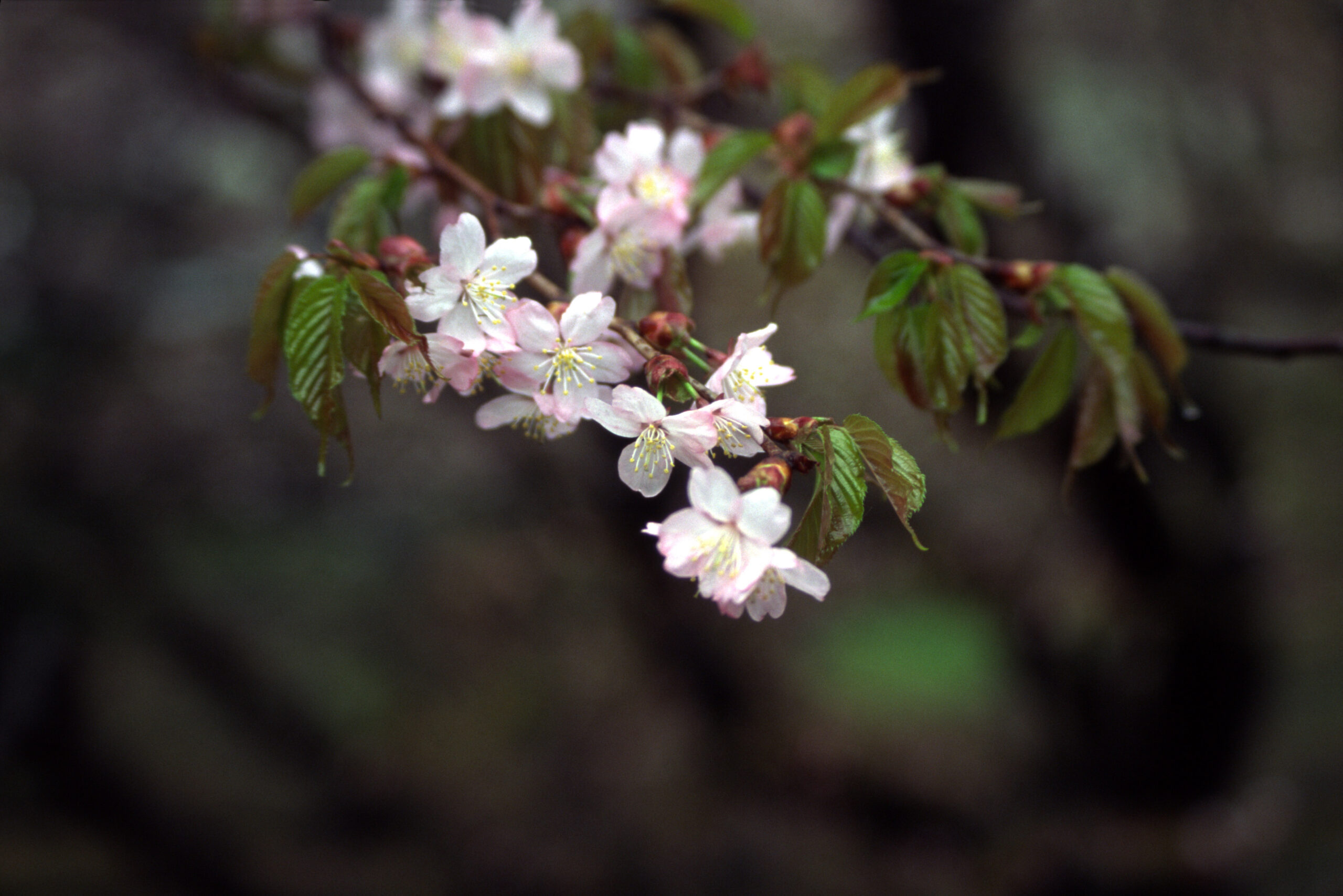
AdstockRF
13. What ecological term denotes the relationship between a plant and its pollinators?
The correct answer is
c) coevolution. When pairs or groups of species evolve in response to each other with reciprocal evolutionary changes, it is called
coevolution.
14. Which Swedish botanist developed the system for naming and classifying organisms that we still use today?
The correct answer is
c) Carolus Linnaeus. Carolus Linnaeus established the principles for defining genera and species of organisms and created a uniform system for naming them. This system remains in use today.
15. What do epiphytes depend on other plants for?
The correct answer is
c) physical support. An
epiphyte is any plant that grows upon or is attached to another plant or object merely for physical support.
16. In the spring of 1961, who became the first human to journey into outer space, marking a significant milestone in space exploration?
The correct answer is
b) Yuri Gagarin. On April 12, 1961,
Yuri Gagarin became the first person to travel into space, a landmark event in human history and exploration.

NASA, © michal-rojek—iStock/Getty Images; Photo illustration Encyclopædia Britannica, Inc.
17. Which ancient civilization's spring festival included rituals of chaos and renewal, somewhat similar to the modern concept of spring break?
The correct answer is
d) Mesopotamia. In ancient
Mesopotamia, the Akitu festival, celebrated during the spring month of Nisan, included rituals symbolizing the removal of chaos and the renewal of the community, somewhat akin to the modern concept of taking a break during spring.
18. Rabbits are known for their distinctive long ears. What is the primary function of these long ears?
The correct answer is
d) to detect predators. The long ears of
rabbits primarily serve to detect predators, an essential adaptation for their survival.
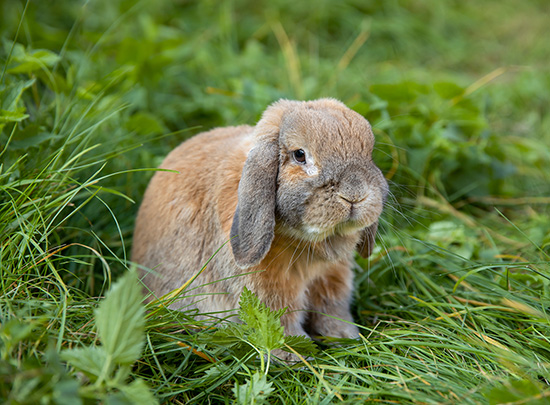
© rul8let/stock.adobe.com









